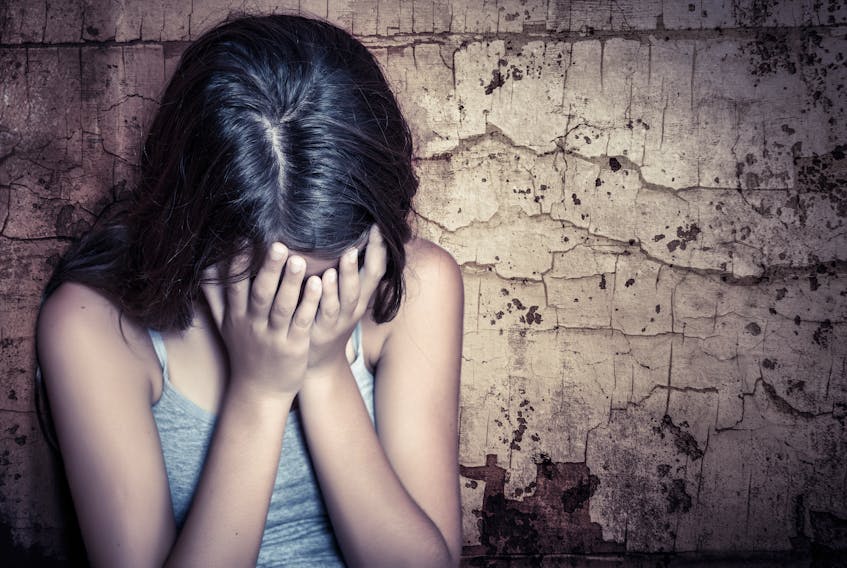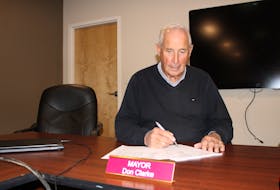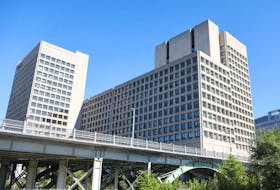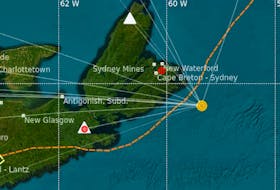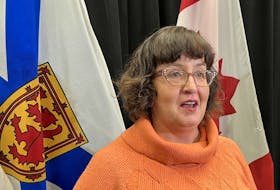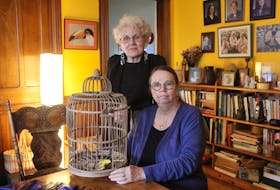SYDNEY, N.S. — Louise Smith-MacDonald says the latest figures that indicate that a large number of Cape Breton children continue to live in poverty are disheartening but not surprising.
As executive director of Every Woman’s Centre, Smith-MacDonald sees first-hand the effects of poverty on Cape Breton families.
“Unfortunately, it’s exactly what I would expect to see,” she said.
The report recently released by the Canadian Centre for Policy Alternatives shows that, when the figures based on postal areas are viewed, child poverty rates range from a low of 17.2 in Cheticamp to a high of 73.2 per cent in Eskasoni.

The report also states that the lowest child poverty rate in the province is in Antigonish when looking at census division data, at 20.2 per cent, while Cape Breton at 34.9 had among the highest overall rates. Nova Scotia has the third-highest rate of child poverty in Canada, and the highest in Atlantic Canada. It’s also the only province that saw an increase in child poverty from 2015-17.
The 2019 report card uses 2017 data — the two-year lag is for the data to be analyzed and prepared by Statistics Canada. Another report card is due to be released in November.
The Sydney-Victoria riding has a child poverty rate of 36.6 per cent. In Cape Breton-Canso, the child poverty rate is 26.9 per cent.
The report recommends implementing well-designed early learning and child-care systems, a new housing strategy, improving wages so that work can help lift people out of poverty, committing to reconciliation and supporting Indigenous self-determination, measures directed to marginalized groups, enhancing income supports, indexing the Nova Scotia Child Benefit to inflation in line with the Canada Child Benefit and a comprehensive poverty eradication plan for the province.
“The recommendations that were coming forth, I thought were spot-on,” Smith-MacDonald said. “I guess what we see every day is that people simply don’t have enough money to live on and that seems to be a fact that is not addressed by the provincial government at all.”
The province has done some work on a poverty reduction blueprint, she added, but said the measures contained in it may help after assistance rates are increased and people in need have more money in their pockets to pay, for example, rising rent costs. As it stands now, many have to use part of the Canada Child Benefit to subsidize what social assistance provides for rent, Smith-MacDonald said, which was not its intention.
While opportunities like training are good, she said, people may go through that process only to find there’s no job available.
Eskasoni Rates 'unacceptable:' advocate
Smith-MacDonald said she sees no headway being made in addressing poverty in Nova Scotia.
“I have worked for most of my career here at the women’s centre, which is going on over, working with those poverty issues,” she said. “There’s a total resistance to community input in terms of saying what we need — people need more money in their pockets.”
She noted the centre was actively involved in a provincial poverty initiative in 2009 which was never adopted. The burden then falls on community organizations to try to provide some additional assistance, such as food, winter coats or glasses.
“We get calls every day, families will call and say, ‘I don’t have anything for recess for my kids, I don’t have enough for lunch,’” she said. “That’s the actual reality of what women and families live in, and that hasn’t changed a bit.”

Smith-MacDonald called the rate listed for Eskasoni as unacceptable and added only a massive change in the system can address something like that.
The Canadian Centre for Policy Alternatives notes that, as is outlined in another report by the First Nations Poverty Action Research Project, the First Nations communities involved “rejected the concept of poverty as defined in the mainstream society with an emphasis on income, employment and related measures. Instead, they approached the task from a much wider, holistic, perspective seeking to achieve the good life, one that included dimensions such as spiritual, mental, emotional and physical health and well-being; that stressed the idea of balance and harmony among the dimensions, and that showed a preference for ‘building our community together’ rather than focusing on a disadvantaged subset of the community.”
In 2018, the federal government released its first national poverty reduction strategy, targeting a 20 per cent reduction in poverty by 2020 and a 50 per cent reduction by 2030.
In an emailed statement, Mike Kelloway, MP for Cape Breton-Canso, said he was troubled by the figures for Cape Breton and North Eastern Nova Scotia.
“It is clear that nationally we are seeing an impact on poverty with the help of federal initiatives implemented by our government but, with unique socio-economic conditions in Cape Breton and North Eastern Nova Scotia, that is very much not the case. We need to find creative solutions that will have an impact on our local numbers,” Kelloway wrote.
He added he would seek out meetings with both local stakeholders and advocacy groups based out of Ottawa to discuss to lessen not only rates of child poverty rates, but also rates among seniors and First Nations communities.
Sydney-Victoria MP Jaime Battiste did not provide a comment to The Post by deadline.
RELATED:

